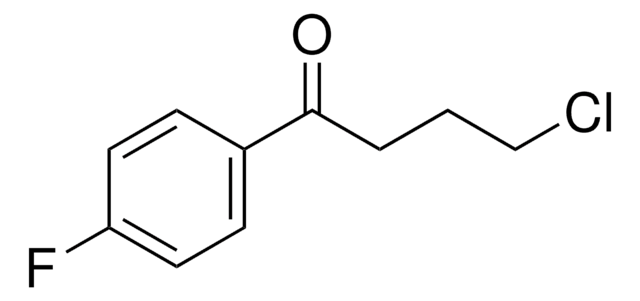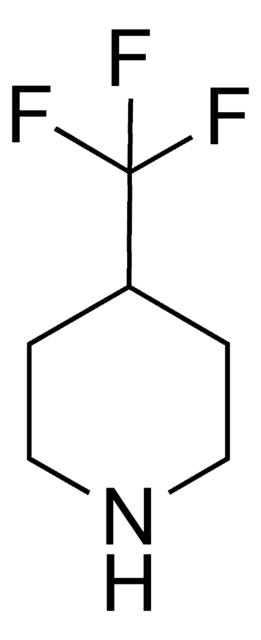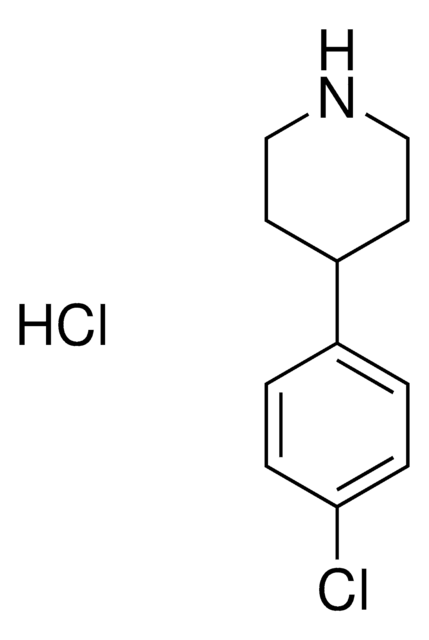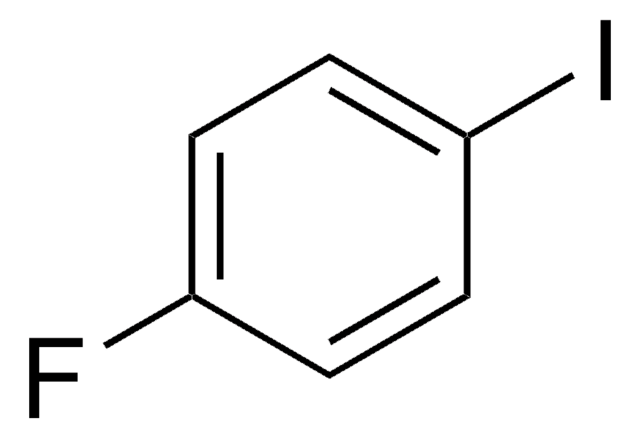C66056
4-(4-Chlorophenyl)-4-hydroxypiperidine
99%
Sinônimo(s):
Haloperidol metabolite I, 4-(4-Chlorophenyl)-4-hydroxypiperidine, 4-(4-Chlorophenyl)-4-piperidinol
About This Item
Produtos recomendados
Nível de qualidade
Ensaio
99%
Formulário
powder
pf
137-140 °C (lit.)
cadeia de caracteres SMILES
OC1(CCNCC1)c2ccc(Cl)cc2
InChI
1S/C11H14ClNO/c12-10-3-1-9(2-4-10)11(14)5-7-13-8-6-11/h1-4,13-14H,5-8H2
chave InChI
LZAYOZUFUAMFLD-UHFFFAOYSA-N
Procurando produtos similares? Visita Guia de comparação de produtos
Categorias relacionadas
Palavra indicadora
Danger
Frases de perigo
Declarações de precaução
Classificações de perigo
Acute Tox. 4 Oral - Aquatic Chronic 3 - Eye Dam. 1 - Skin Irrit. 2 - Skin Sens. 1
Código de classe de armazenamento
11 - Combustible Solids
Classe de risco de água (WGK)
WGK 3
Ponto de fulgor (°F)
Not applicable
Ponto de fulgor (°C)
Not applicable
Equipamento de proteção individual
dust mask type N95 (US), Eyeshields, Gloves
Escolha uma das versões mais recentes:
Já possui este produto?
Encontre a documentação dos produtos que você adquiriu recentemente na biblioteca de documentos.
Nossa equipe de cientistas tem experiência em todas as áreas de pesquisa, incluindo Life Sciences, ciência de materiais, síntese química, cromatografia, química analítica e muitas outras.
Entre em contato com a assistência técnica










